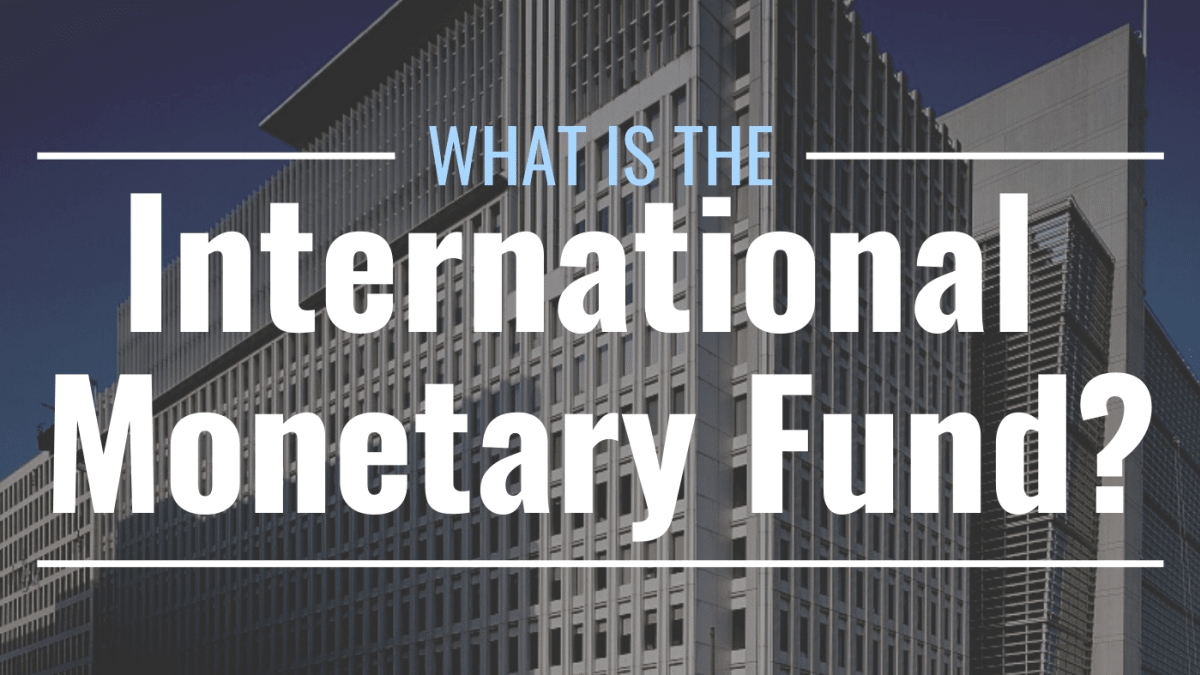The International Monetary Fund was established in 1944 at the United Nations Bretton Woods Conference in New Hampshire, United States, in the aftermath of the Great Depression of the 1930s. The 44 founding member countries sought to build a framework for international economic cooperation to avoid the reoccurrence of competitive currency devaluations that contributed to the Great Depression of the 1930s.
International Monetary Fund (IMF) is an organization of 190 countries working to promote international financial stability and monetary cooperation. The IMF is governed by and accountable to all its member countries.
Objectives of International Monetary Fund:
- foster global monetary cooperation,
- secure financial stability,
- facilitate international trade,
- promote high employment and sustainable economic growth, and
- reduce poverty around the world
Organisation
The Board of Governors, the highest decision-making body of the IMF, consists of one governor and one alternate governor for each member country. All powers of the IMF are vested in the Board of Governors. The Board of Governors normally meets once a year.
Day-to-day work is overseen by its 24-member Executive Board, which represents the entire membership and supported by IMF staff. Managing Director, IMF heads the Executive Board.
Special Drawing Rights (SDR)
The IMF issues an international reserve asset known as Special Drawing Rights or SDRs, that can supplement the official reserves of member countries.
Functions of IMF
1. Surveillance
- The Fund monitors the international monetary system and global economic developments to identify risks and recommend policies for financial stability.
- It also undertakes a regular health check of the economic and financial policies of its 190 member countries.
- In addition, the IMF identifies possible risks to the economic stability of its member countries and advises their governments on possible policy adjustments.
2. Financial Assistance
- The IMF’s resources mainly come from the money that countries pay as their capital subscription (quotas) when they become members. Each member of the IMF is assigned a quota, based broadly on its relative position in the world economy. Countries can then borrow from this pool when they fall into financial difficulty.
- The IMF provides loans—including emergency loans—to member countries experiencing actual or potential balance of payments problems. The aim is to help them rebuild their international reserves, stabilize their currencies, continue paying for imports, and restore conditions for strong economic growth while correcting underlying problems.
3. Capacity Development
The IMF provides technical assistance and training to governments, including central banks, finance ministries, revenue administrations, and financial sector supervisory agencies.
Reports Published by International Monetary Fund
- World Economic Outlook Report
- This report is published twice a year.
- The report presents IMF staff economists’ analyses of global economic developments during the near and medium-term.
- It gives a detailed analysis of the world economy and issues affecting developed, developing countries, etc.
- Global Financial Stability Report
- Fiscal Monitor Reports
.
You Can Follow on Youtube – Score Better
Read More Articles on Economics
.
